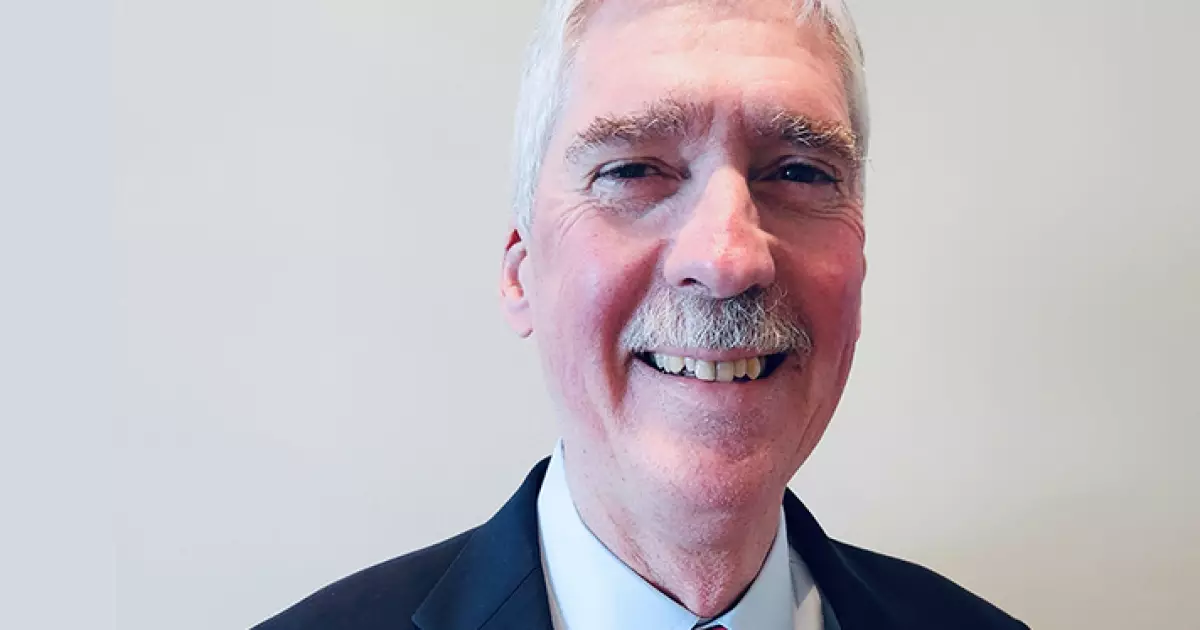Saybrook Fund Advisors LLC, a distressed debt expert, is making waves in the financial world with its bold move into high-yield separately managed accounts (SMAs). The firm has recruited Bill Black, a notable figure with decades of experience in high-yield municipal bonds, to spearhead this ambitious endeavor. Black’s arrival isn’t just a personnel change; it represents a paradigm shift in how Saybrook intends to capitalize on the uniquely volatile nature of distressed debt in the municipal market.
The lucrative landscape of high-yield investments has traditionally been a bastion for large mutual funds and ETFs, but the transition to a more personalized investment strategy through SMAs could redefine risk and return. Saybrook is clearly betting that the future of high-yield municipal investing will require an intimate understanding of not just the financials, but also the socio-economic factors influencing those numbers. In an age where cookie-cutter investment strategies are proving less effective, Saybrook’s ambitions seem both prescient and audacious.
Why Separately Managed Accounts Will Dominate
The landscape of high-yield municipal bonds has long been dominated by high-grade municipal SMAs, with a staggering $1.63 trillion in assets under management, as reported by Bloomberg. However, junk-level or unrated credits—often shunned by more conservative investors—are emerging as underexplored territory ripe for opportunity. Black notes that the nature of SMAs allows for a tailored approach to management that can sidestep the risk-laden pitfalls that mutual funds face during outflow cycles. Investors in SMAs are often long-term, reducing pressure to sell assets that may be temporarily undervalued.
This bespoke approach can position Saybrook to act countercyclically in a market often driven by emotional responses rather than fundamentals. By keeping faith in long-term value, the firm is poised to capture opportunities often overlooked by those who rely on traditional fund cycles. If the managed account model continues to grow—evolving into a dominant force in the municipal market—it could signal an end to the era of one-size-fits-all financial products.
Leveraging Relationships in the Secondary Market
In a world where many investment firms rely on algorithm-driven insights, Saybrook’s hands-on approach aims to capitalize on strong relationships in both primary and secondary markets. Black emphasizes the importance of having a “really good deep staff that understands distress,” a statement that highlights the firm’s unique competitive edge. In the high-yield sector, knowledge is an asset; understanding the nuances of distressed assets will allow Saybrook to dig deeper into opportunities that others may overlook.
Their targeted sectors—senior living, land-backed deals, and higher education—offer fertile ground for return, especially in an era characterized by shifting demographic and economic trends. This kind of sector focus suggests that Saybrook isn’t just selling financial products; they are also investing in communities and futures, aligning their interests with those of the constituencies they invest in.
Against the Conventional Flow
One of the most compelling aspects of Saybrook’s strategy is its ability to operate “against the flow.” Mutual funds and ETFs often face immediate pressures to sell off holdings in a downturn, leading to forced liquidation at suboptimal prices. Saybrook, with its SMA framework, aims to create a cushion against such market volatilities. “We’re going to be the buyers,” Black asserts, suggesting a confidence in being able to identify resilient assets even when others are panicking.
This stance showcases not merely a contrarian investment philosophy but also a profound understanding of market psychology. The ability to buy when others are selling is a privilege afforded by an investment strategy focused on commitment rather than mere liquidity. It’s a refreshing approach against the backdrop of an industry often governed by fear and short-term thinking.
Adapting to Changing Market Dynamics
The financial landscape is in constant flux, and Saybrook’s approach represents an adaptation to market dynamics. The exit of major Wall Street players, such as Citi, leaves a void that smaller, agile firms can exploit. How effectively Saybrook navigates this landscape will largely define their success.
Black notes that while liquidity in high-yield munis appears stable now, significant outflows could destabilize the market overnight. How Saybrook manages this uncertainty, especially with its focus on less conventional high-yield investments, remains to be seen. However, the firm’s promise of flexibility may be just the antidote to a market rife with unpredictability. With the right team and a willingness to embrace risk, Saybrook could indeed emerge as a leader in a segment that’s increasingly vital, yet traditionally underrepresented.
In a troubling climate for many traditional investors, Saybrook’s move signals a potential rebirth for high-yield municipal investing. The combination of seasoned leadership, an innovative approach to SMAs, and a focus on community-centric sectors could foster not only financial gains but also long-term growth for the municipalities they invest in. The direction of this ambitious strategy deserves both attention and scrutiny as it unfolds.

